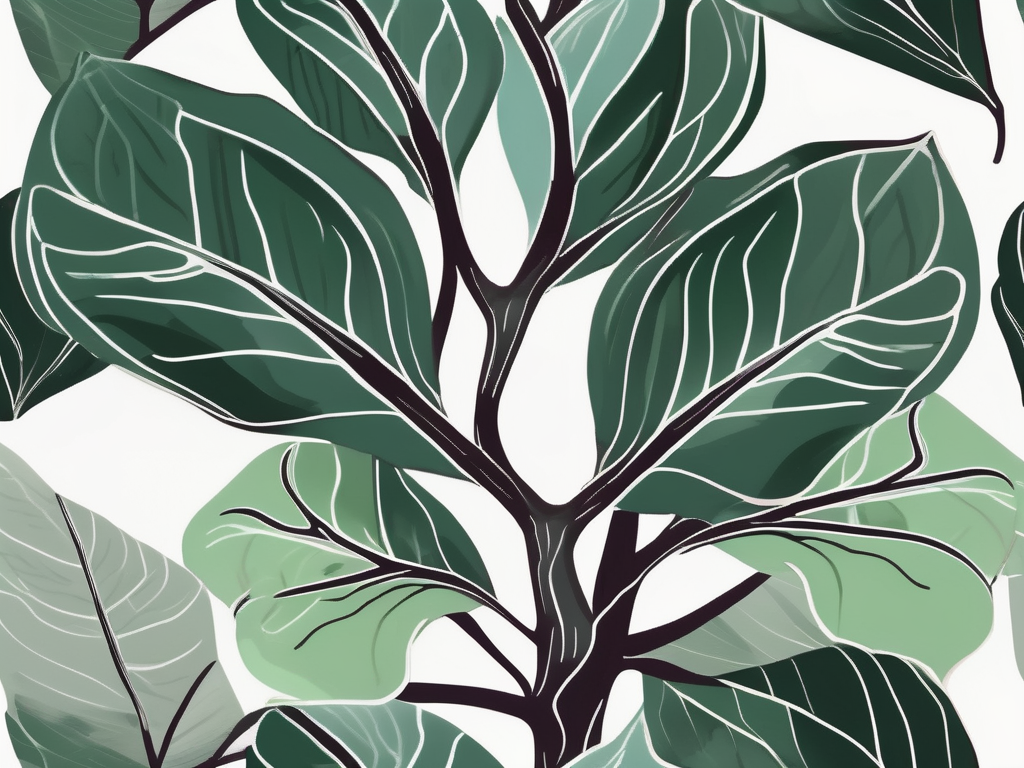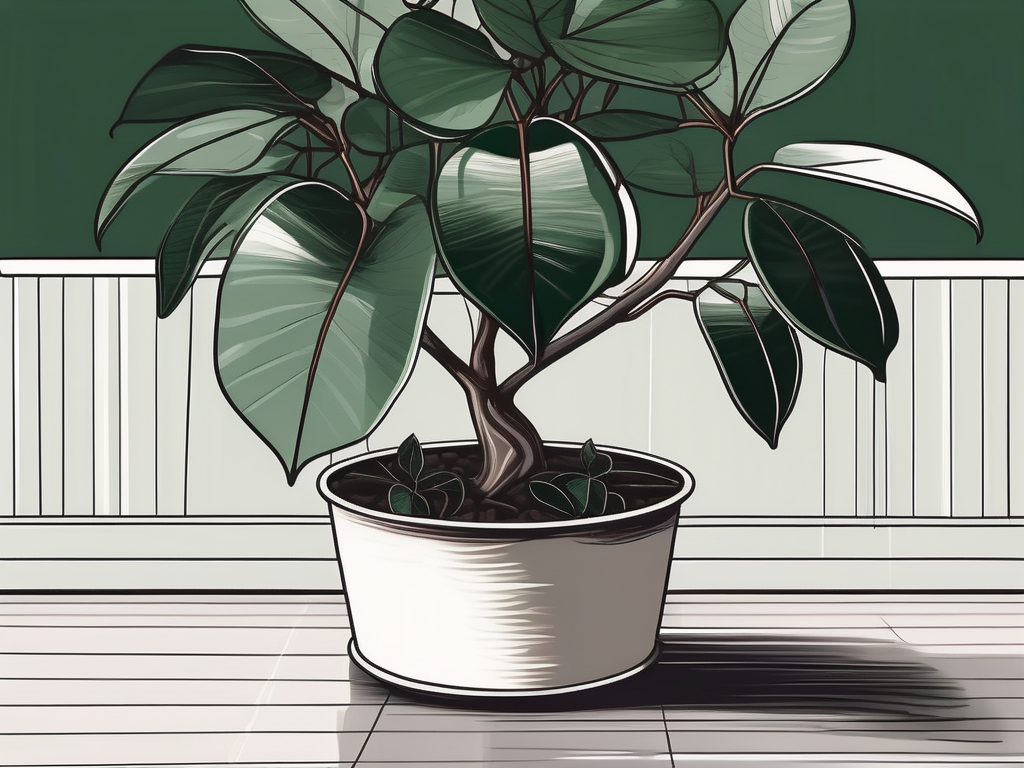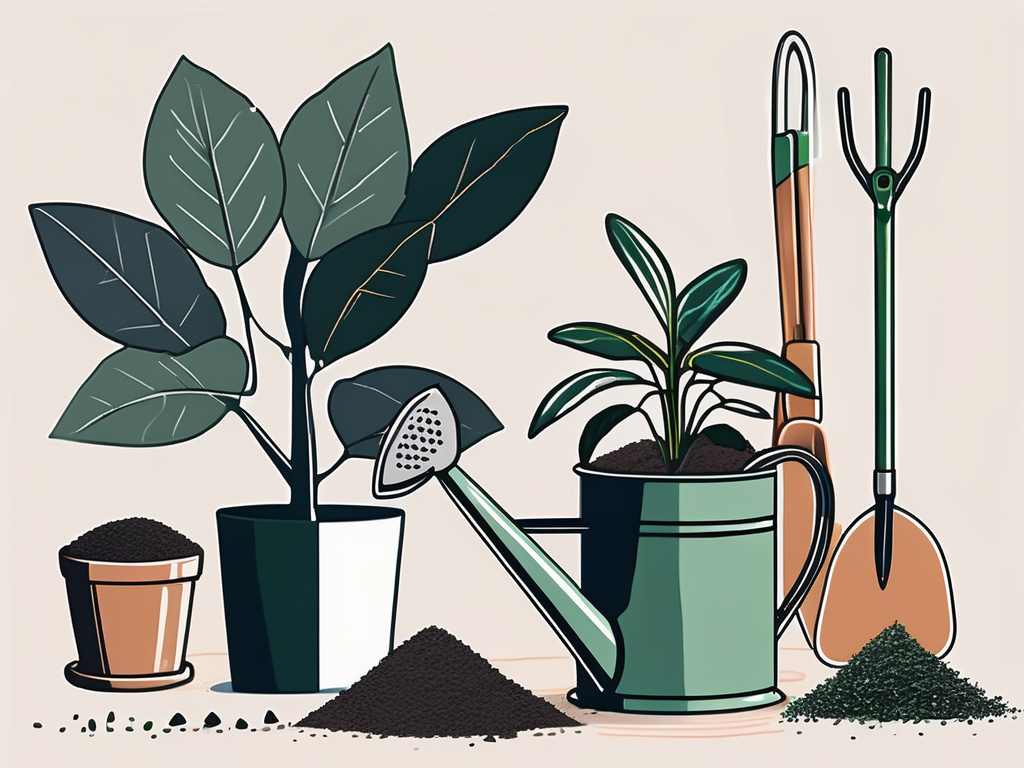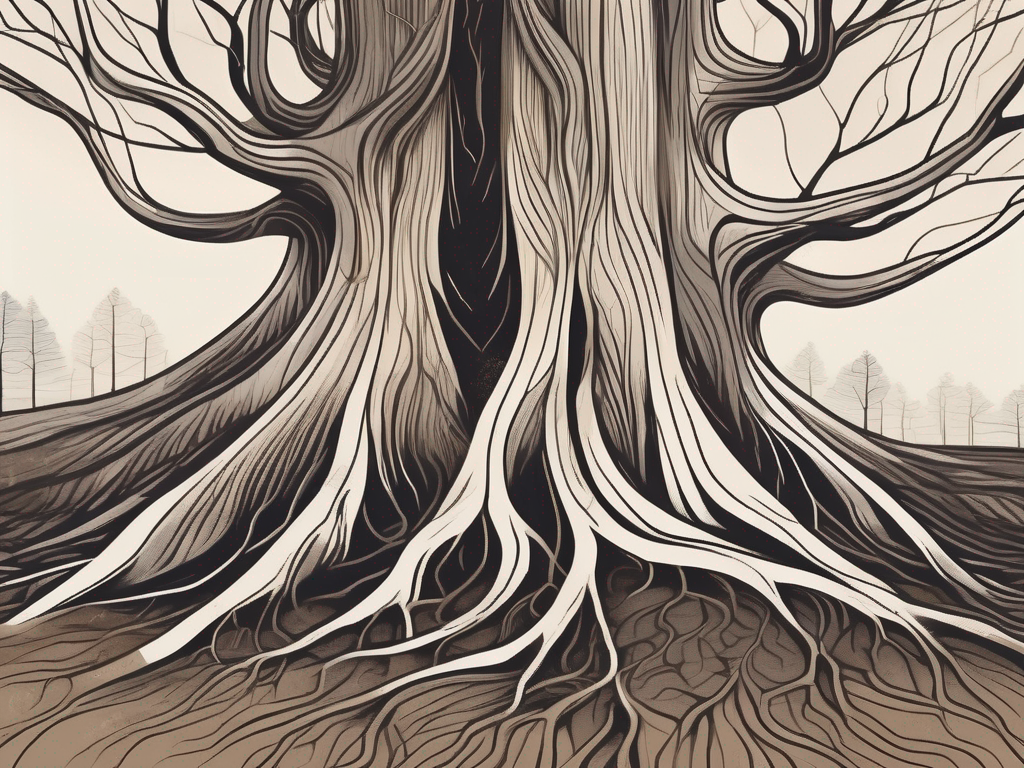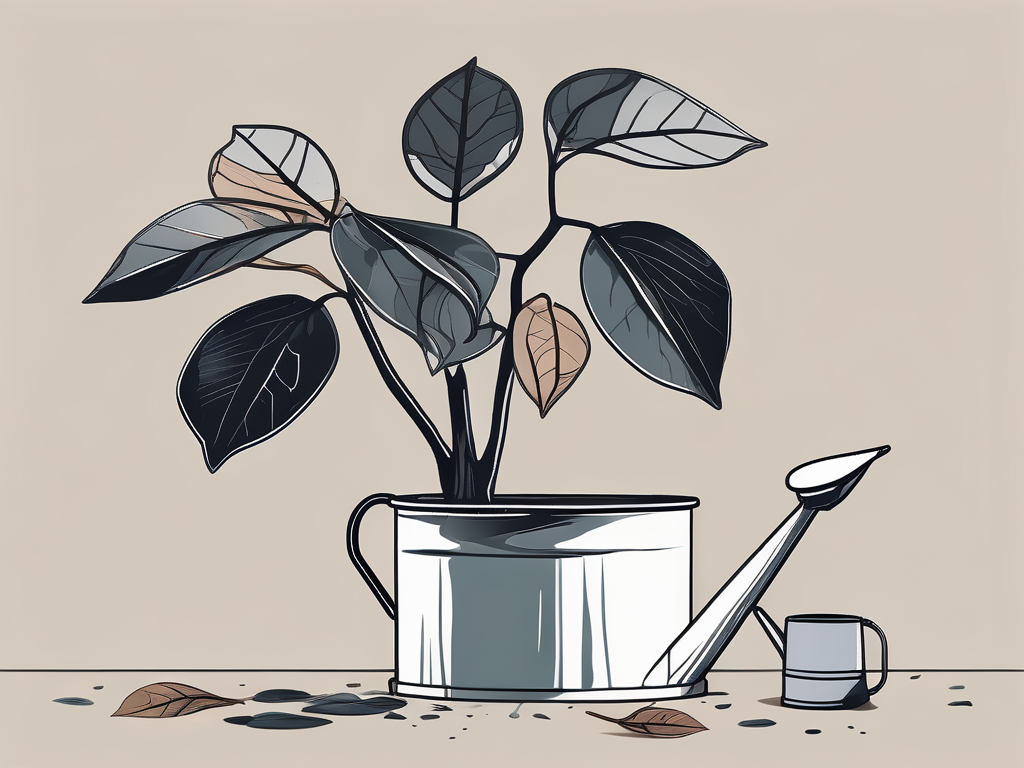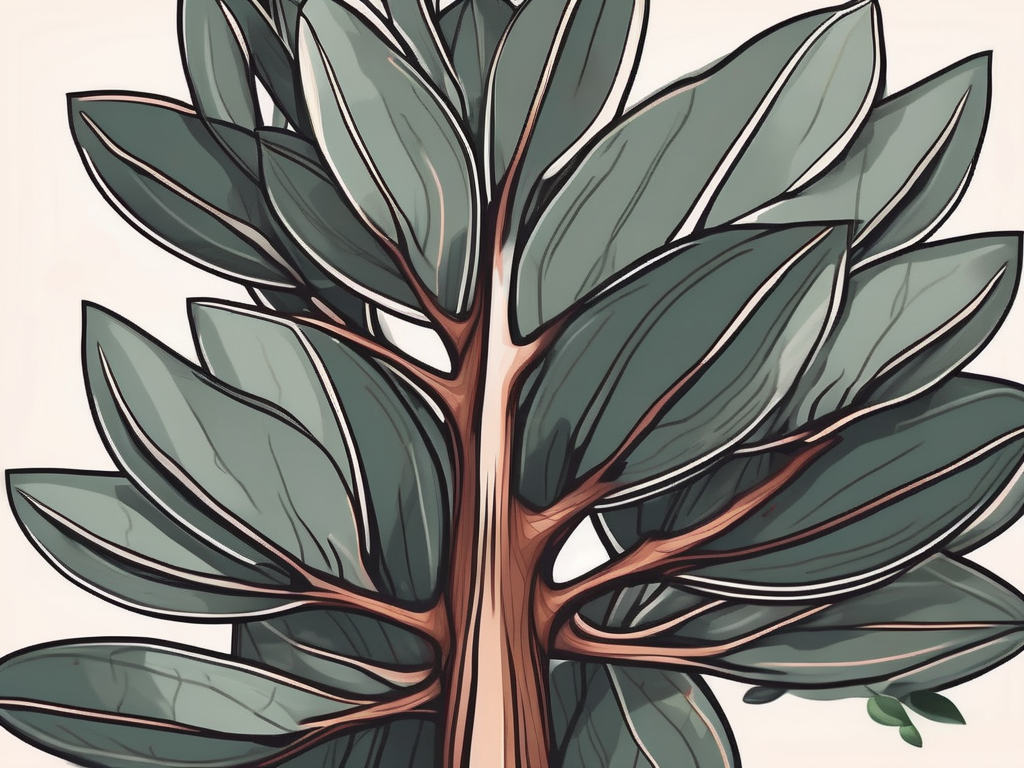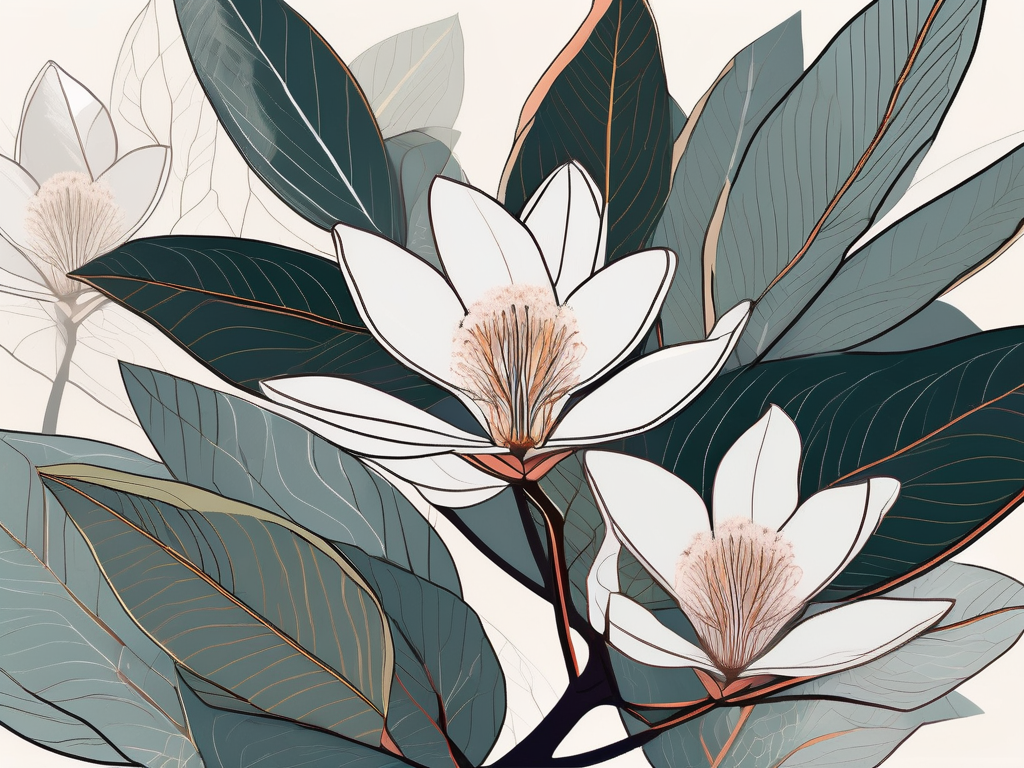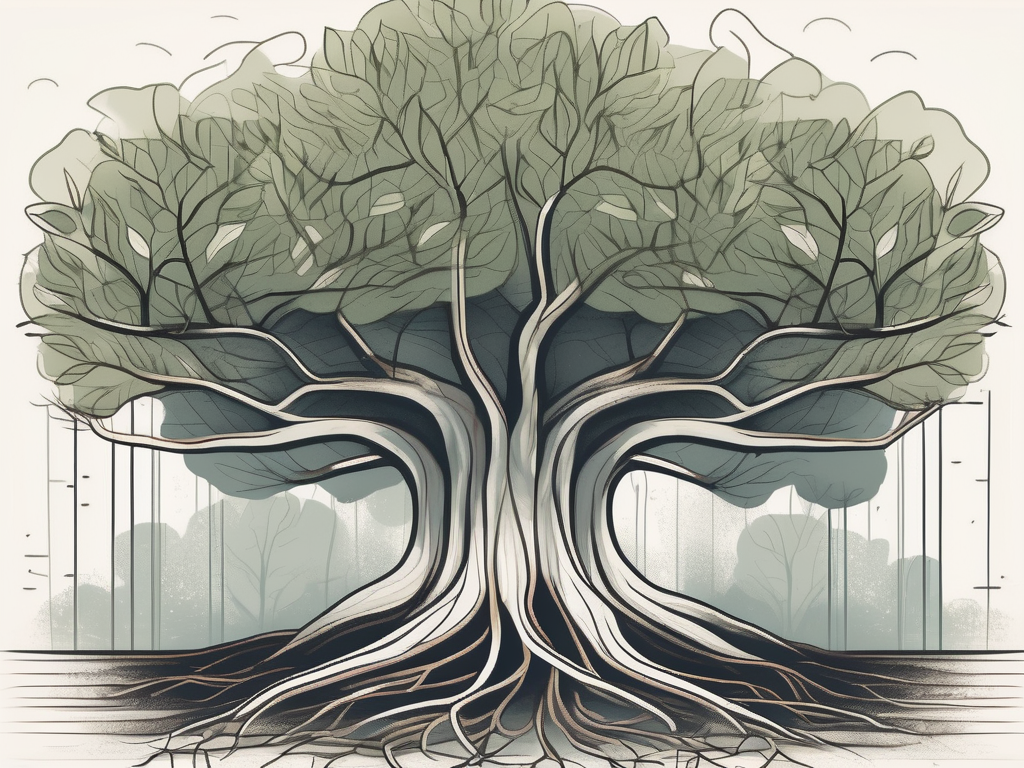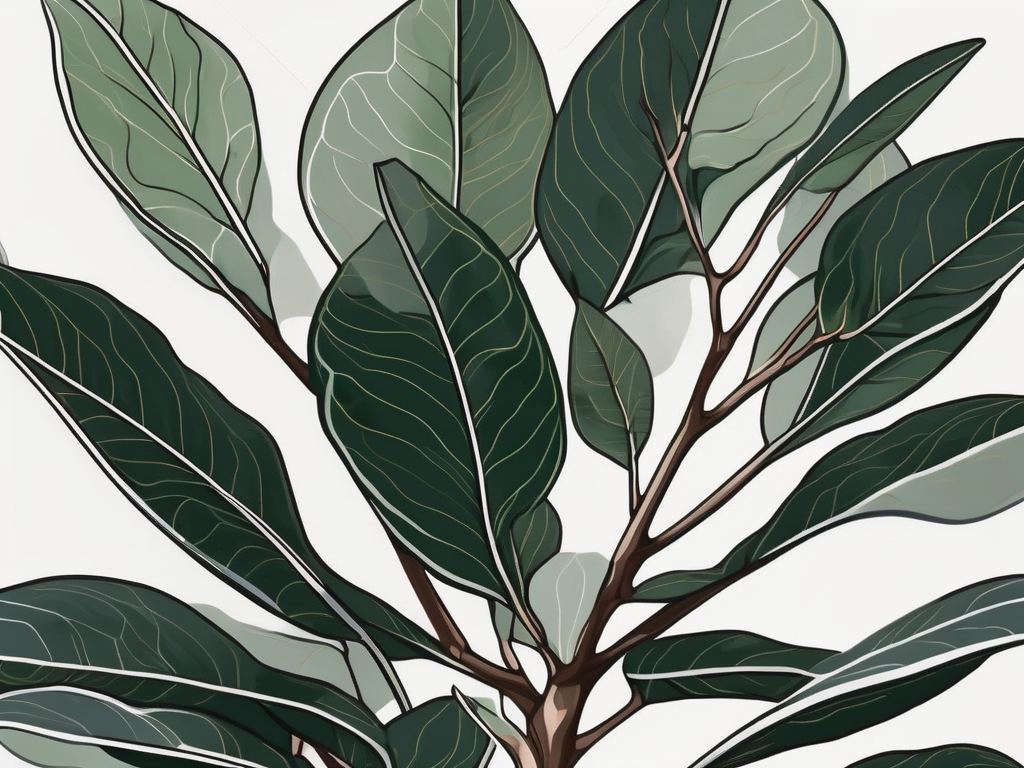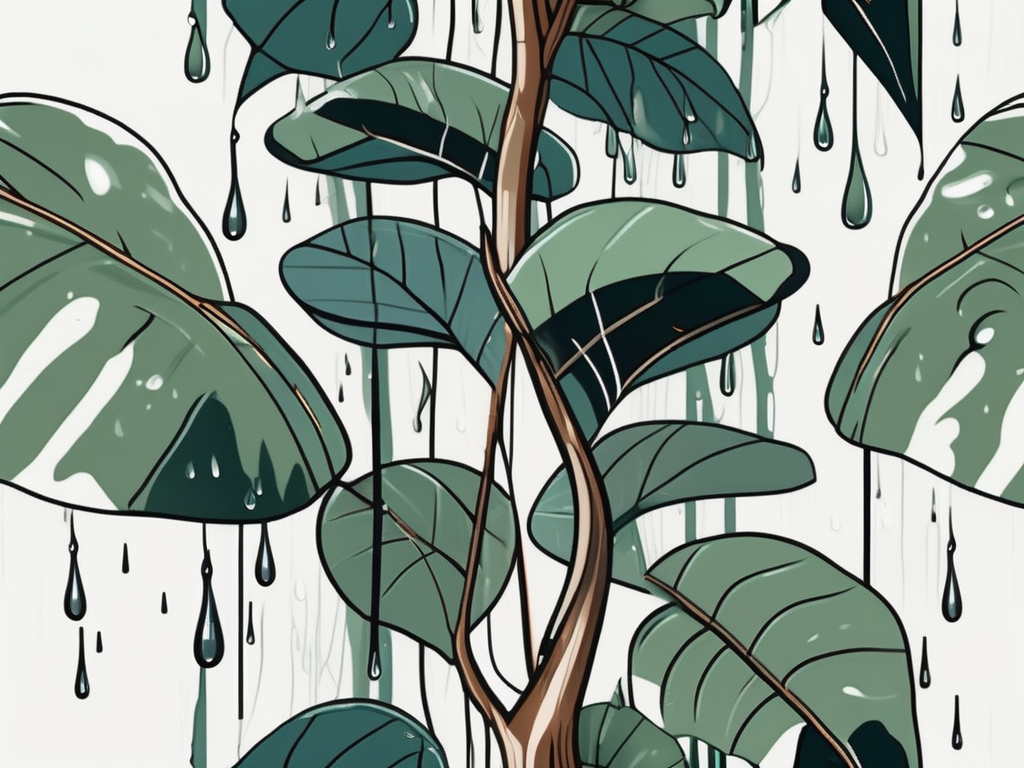
Rubber trees, with their glossy leaves and robust nature, have long been a favorite among plant lovers. But have you ever wondered what goes on beneath the surface? It's time to shift our gaze from those beautiful leaves to the often-overlooked yet intriguing world of rubber tree roots.
In this post, we'll journey through the various aspects of rubber tree roots, from their growth patterns to their role in plant health. Whether you're a seasoned plant parent or just starting your indoor jungle, understanding these roots could change the way you care for your rubber tree.
Understanding Rubber Tree Roots
Rubber tree roots are the unsung heroes of the plant world. While the leaves get all the attention, it's the roots that work tirelessly behind the scenes, providing the plant with water and nutrients. They anchor the tree firmly in its pot and play a critical role in its overall health.
One thing that makes rubber tree roots so fascinating is their adaptability. In their natural habitat, which spans tropical regions of Asia, these roots grow deep and spread wide, supporting the massive trees they belong to. Yet, when grown indoors, they adapt to the confines of a pot, still managing to support the plant's needs.
These roots are known for their vigor, which is why rubber trees are considered easy to care for. They can tolerate a variety of soil conditions and are quite forgiving if you forget to water them every now and then. However, understanding their needs can help you avoid common issues like root rot, which can spell disaster for your plant.
Growth Patterns and Behaviors
Just like people, plants have their quirks. Rubber tree roots follow a predictable pattern as they grow, but their behavior can change based on environmental factors. Typically, the roots will grow outward and downward, seeking out water and nutrients.
In ideal conditions, rubber tree roots will spread to fill the pot, creating a network that supports the entire plant. As they grow, they can become pot-bound, which means they've outgrown their current container. This is a common situation for indoor rubber trees, and it's a clear signal that your plant might need a bigger home.
Interestingly enough, rubber tree roots can also develop aerial roots. These roots grow above the soil surface and can help the plant absorb moisture from the air. While not as common indoors, aerial roots might appear in particularly humid environments or if the plant is stressed and searching for additional moisture.
Potting and Soil Considerations
When it comes to potting your rubber tree, the roots should be your main consideration. They need enough space to grow, but not so much that they become overwhelmed. A pot that's too large can hold excess moisture, leading to root rot.
Choosing the right soil is also crucial. Rubber trees prefer a well-draining potting mix that retains some moisture but doesn't stay soggy. A mix of peat, pine bark, and perlite is often recommended, as it provides good drainage while still holding enough water for the roots to absorb.
Repotting is an essential part of rubber tree care. As the roots grow, they can become cramped in their pot, which can hinder the plant's growth. Signs that your rubber tree needs repotting include roots growing out of the drainage holes or the plant becoming top-heavy. When repotting, gently loosen the roots to encourage them to spread into their new space.
Watering Practices for Healthy Roots
Water is life, especially for plant roots. However, rubber tree roots are particularly sensitive to overwatering, which can lead to root rot. Finding the right balance is key.
Generally, rubber trees prefer to dry out slightly between waterings. A good rule of thumb is to water when the top inch of soil feels dry to the touch. This usually means watering every one to two weeks, depending on the humidity and temperature of your home.
When you water, make sure to do so thoroughly, allowing the water to reach all the roots. It's best to water until you see it draining from the bottom of the pot. This ensures that the entire root system gets enough moisture. Remember to empty the drip tray afterward to prevent the roots from sitting in water.
Dealing with Root Rot
Root rot is the bane of many plant parents' existence, and rubber trees are no exception. This condition occurs when the roots sit in water for too long, causing them to drown and decay. The first signs are usually yellowing leaves or a wilting plant that doesn't respond to watering.
If you suspect root rot, act quickly. Remove the plant from its pot and inspect the roots. Healthy roots are white and firm, while rotten ones are brown and mushy. Trim away any affected roots with clean scissors, and repot the plant in fresh, dry soil.
To prevent root rot, ensure your rubber tree is in a pot with good drainage, and avoid overwatering. It's better to underwater slightly than to risk the detrimental effects of root rot.
Feeding and Nutrient Needs
Rubber trees aren't particularly fussy about feeding, but providing the right nutrients can support healthy root development. During the growing season, typically spring and summer, a balanced, water-soluble fertilizer can be used monthly to give the roots an extra boost.
Avoid over-fertilizing, as this can lead to salt buildup in the soil, which can damage the roots. Always follow the recommended dosage on the fertilizer package, and consider leaching the soil occasionally to remove any excess salts.
In fall and winter, reduce feeding, as the plant's growth slows down. This helps prevent unnecessary stress on the roots and keeps the plant healthy year-round.
Common Pests and Their Effect on Roots
While rubber tree roots aren't the typical target for pests, issues above ground can affect root health. Common pests like spider mites, mealybugs, and scale insects can weaken the plant, impacting the roots indirectly.
Regularly inspect your rubber tree for signs of pests. Look for sticky residue on the leaves, webbing, or small insects. Treat infestations promptly with insecticidal soap or neem oil to prevent damage to the plant.
Healthy foliage is a sign of healthy roots, so keeping your plant pest-free helps ensure the roots remain strong and capable of supporting the tree.
Designing with Rubber Trees
Rubber trees are not just about practicality; they're also a design statement. With their striking leaves and impressive size, they make a bold addition to any room. Understanding their root system can even enhance your interior design skills.
When positioning your rubber tree, consider its potential growth and root space. A larger pot not only accommodates root expansion but also complements the plant's aesthetic proportions. Think of it as choosing the right frame for a piece of art.
Rubber trees can work well in minimalist spaces, providing a lush contrast to clean lines and neutral colors. They're also fantastic in bohemian interiors, where their rich green leaves add to a layered, eclectic vibe.
By understanding your rubber tree's roots, you can ensure it thrives, becoming a long-lasting focal point in your home.
Final Thoughts
Rubber tree roots are a fascinating and vital part of plant care, supporting the tree's health and contributing to its overall appearance. By learning about their needs and behaviors, you can ensure your rubber tree remains a thriving part of your indoor garden.
At Cafe Planta, we're here to help with all your plant care needs. Whether you're looking for your next houseplant or advice on keeping your green companions healthy, feel free to email us or reach out on Instagram. We believe in the power of plants to bring joy and connection, and we're excited to share this journey with you.













